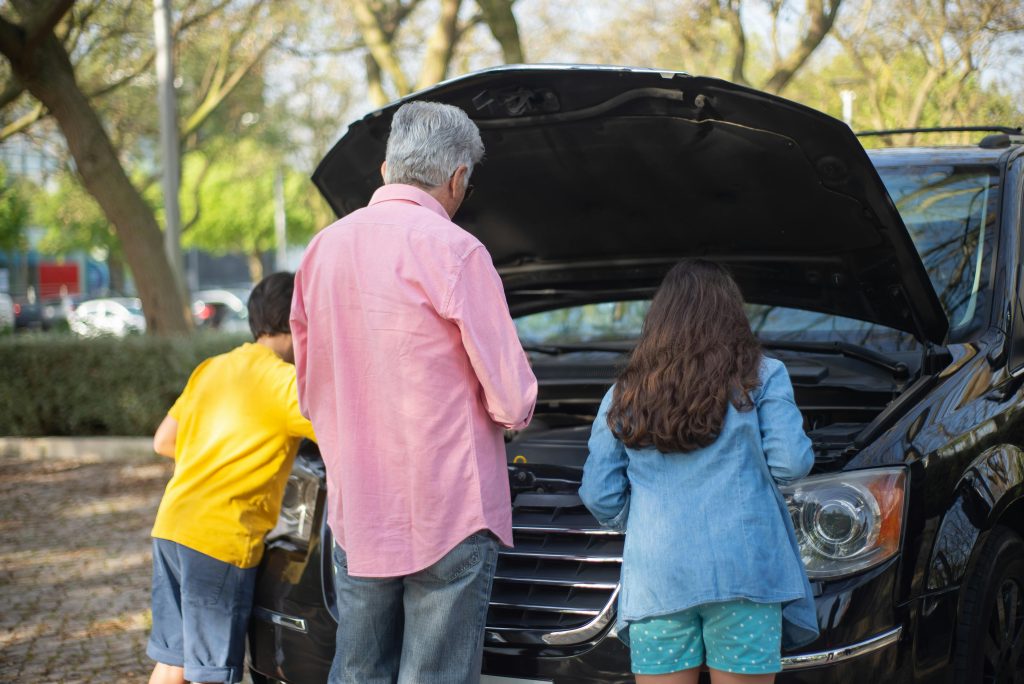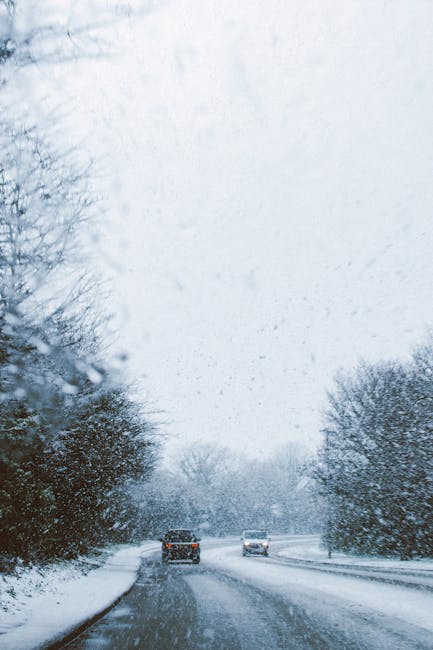
Essential Guide for U.S. Road Trips: Long-Distance Driving Safety and Vehicle Inspection Checklist
A road trip across the U.S. is an exciting way to explore new places, experience breathtaking landscapes, and create unforgettable memories. However, long-distance driving comes with challenges that require careful preparation to ensure safety and prevent vehicle issues. Whether you’re traveling across state lines, heading to a national park, or driving along scenic highways, a well-maintained vehicle and proper planning are essential.

1. Vehicle Inspection Checklist
Before hitting the road, conduct a thorough vehicle check to avoid unexpected breakdowns:
- Tires: Inspect for tread wear, check tire pressure, and ensure your spare tire is in good condition. Rotate tires if necessary for even wear.
- Brakes: Test the brakes for responsiveness. Listen for any unusual noises, as squeaking or grinding sounds may indicate worn-out brake pads.
- Fluids: Check and top off essential fluids, including engine oil, coolant, brake fluid, power steering fluid, and windshield washer fluid.
- Battery: Ensure the battery terminals are clean and free of corrosion. If your battery is over three years old, have it tested before your trip.
- Lights and Wipers: Test all exterior and interior lights, including headlights, brake lights, turn signals, and hazard lights. Replace worn-out wiper blades for clear visibility in rainy conditions.
- Belts and Hoses: Inspect the engine belts and hoses for cracks or leaks. Damaged components can lead to engine failure during a long drive.
- Emergency Kit: Pack essentials such as jumper cables, a tire repair kit, a flashlight, first aid supplies, extra water, and non-perishable snacks.
2. Safe Driving Tips for Long-Distance Travel
- Take Regular Breaks: Fatigue is a major cause of accidents during long trips. Stop every 2-3 hours to stretch, rest, and stay alert.
- Share Driving Duties: If possible, travel with a companion and take turns driving to reduce fatigue.
- Avoid Night Driving: Limited visibility and increased drowsiness make nighttime travel riskier. Plan to drive during daylight hours when possible.
- Monitor Weather Conditions: Check the weather forecast for your route to prepare for rain, snow, or extreme heat. Sudden weather changes can affect road conditions and visibility.
- Stay Hydrated and Eat Light: Dehydration and heavy meals can make you feel sluggish. Drink plenty of water and opt for light, protein-rich snacks to stay energized.
- Follow Speed Limits and Traffic Laws: Different states may have varying speed limits and road regulations. Adhering to traffic laws ensures safety and prevents fines.
3. Navigation and Roadside Assistance
- Use GPS and Offline Maps: Download maps in case of poor signal areas, especially in remote regions.
- Know Emergency Numbers: Save roadside assistance contacts such as AAA (American Automobile Association) and local towing services.
- Plan Fuel Stops: Identify gas stations along your route, especially when traveling through rural or desert areas where stations may be sparse.

Proper preparation ensures a safer and more enjoyable road trip experience. By conducting a detailed vehicle inspection, following safe driving habits, and planning your route strategically, you can minimize risks and make the most of your adventure. Taking the time to prepare will give you peace of mind and allow you to fully enjoy the journey.







